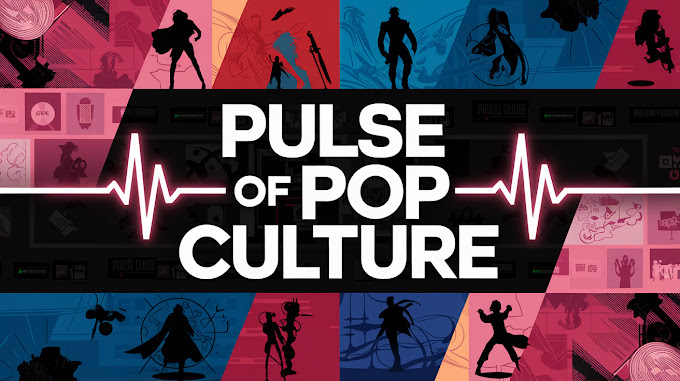This year’s Chattanooga Comic Con was, without a doubt, one for the books! From the vibrant cosplay community to the incredible guest list, talented artists, thrilling panels, and all the fantastic friends and family we got to hang with – there was no shortage of amazing experiences. Here’s a full recap of an epic weekend packed with fun, laughter, and unforgettable memories.
Cosplay Extravaganza
Every corner of the Chattanooga Convention Center was alive with cosplayers who truly went above and beyond. From the ominous Maestro and classic Deadpool antics to the adventure-ready Indiana Jones, fans showcased creativity that was nothing short of inspiring. And let’s not forget our anime fandom! The dedication to characters from shows like Naruto, Dragon Ball, My Hero Academia, and countless others highlighted the diverse and passionate community that makes conventions like this so special. Seeing fans transform into their favorite characters, complete with intricate details and props, was a testament to the artistry and fandom that defines Chattanooga Comic Con.
A Stellar Guest Lineup
The guest lineup this year was packed with legends! John Swasey, Greg Dulcie, Philip Weber, Scott Innes, John Wesley Shipp, Rob Paulsen, Keone Young, and Ming Chen brought their warmth, humor, and stories to fans both new and old. These legends took time to interact with attendees, signing autographs, taking photos, and sharing anecdotes from their careers. Rob Paulsen's panel, The Voices in Your Head, was a special highlight – an interactive journey into the world of voice acting that left fans laughing and inspired.
Bumping into the iconic Patricia Patts, the voice of Peppermint Patty, was an unexpected joy. She was every bit as sweet as you’d imagine, and her kindness made fans feel as if they were old friends. Patricia took the time to chat, share stories, and relive some Peanuts memories that had us all feeling nostalgic.
The Amazing Artists’ Alley
Artists' Alley was filled with immense talent, and we loved chatting with creators who have become staples in the comic and pop culture world. From Jason Flowers' bold and dynamic artwork to Bryan Silverbax’s unique pieces and Deegan Puchkors’ brilliant artistry, there was something for every fan and collector. Mike and Patty Peraza were standout favorites, sharing their experiences working on iconic animated projects. Their enthusiasm for their craft was contagious, and fans could feel the passion these artists pour into each stroke of their work.
Panels That Brought the House Down
Panels at this year’s Con were absolutely amazing, featuring a variety of topics that captivated and entertained. The Toy Talk panel with Ming Chen and Jordan Hembrough was a delightful deep dive into collectibles, bringing back memories of childhood favorites and showing off the modern evolution of action figures. The Voices in Your Head panel led by Rob Paulsen and friends took us behind the scenes into the wild, hilarious world of voice acting. And let’s not forget the Dinner Dudes live cooking show – a fun and interactive panel that filled the room with the mouth-watering smells of great food and the sound of laughter.
Catching Up with Friends and Family
One of the best parts of Chattanooga Comic Con was reconnecting with our friends and family who make events like this feel like home. We spent time with Rick, Liz, and Henry from C3, Rocky and Jennifer at FarleyCon, and the ever-enthusiastic Cubster & Jerebear. Getting to hang out with Chris and Zach, the Dinner Dudes, was a blast – there’s nothing like good friends and good food! Aaron and Charlie from AEU Talent Bookings were on hand, making sure talent and fans alike were having an unforgettable time. We also had some laughs and took awesome photos with Patrick and Ashely from Rekall Photography, while Sean and Mindy with the iconic Summerville Ecto-1 were a hit with Ghostbusters fans of all ages.
A Heartfelt Thank You to Chattanooga Comic Con
A massive thank you to Chattanooga Comic Con for inviting us out to provide coverage for this event. It’s always an honor to experience the community, passion, and pure excitement of Con weekends like this one. From the meticulously crafted cosplay and heartwarming moments with guests to reconnecting with friends, Chattanooga Comic Con 2024 was unforgettable. And we’re already counting down the days until next year! We can’t wait to be back for more panels, more cosplay, and more incredible memories at Chattanooga Comic Con 2025.

.jpg)

